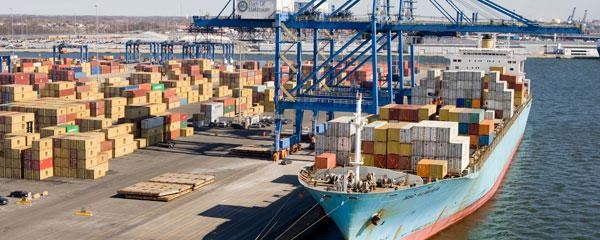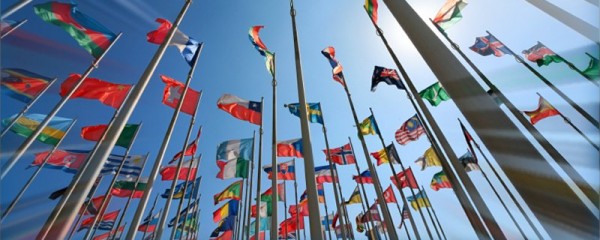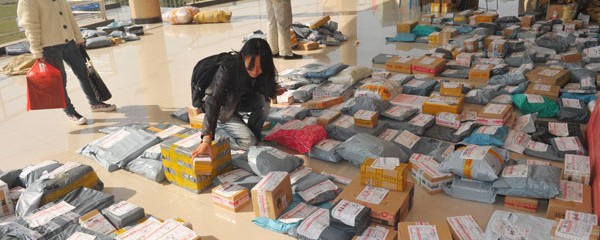The 5 Whys is a simple among many of the problem solving techniques that helps you to get to the root of a problem quickly. Made popular in the 1970s by the Toyota Production System, the 5 Whys strategy involves looking at any problem and asking: "Why?" and "What caused this problem?" Very often, the answer to the first "why" will prompt another "why" and the answer to the second "why" will prompt another and so on; hence the name the 5 Whys strategy. Benefits of the 5 Whys include: It h...
read moreGlobal Sourcing


























